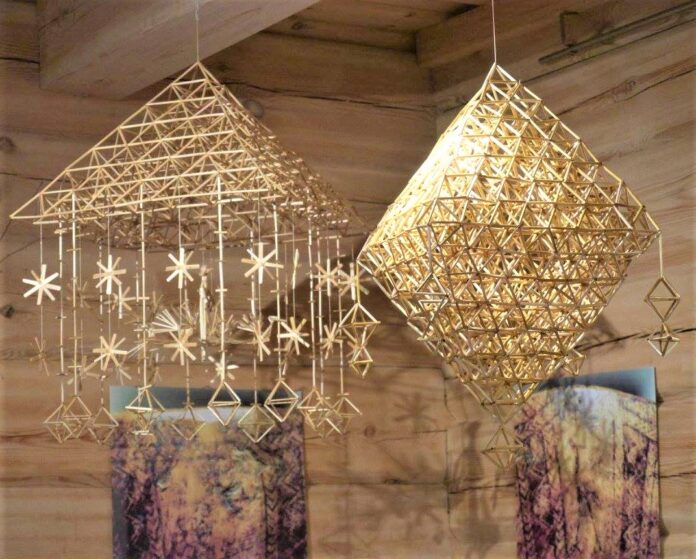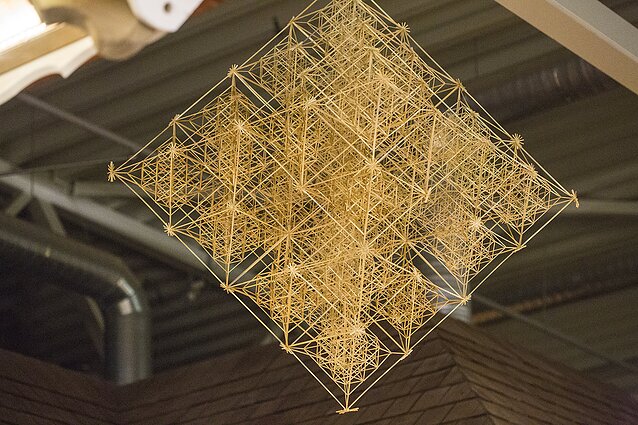
On March 31, 2022, Lithuania‘s Ministry of Culture submitted an application for traditional Lithuanian “sodai“ or straw gardens to be included in the UNESCO Intangible Cultural Heritage list. Already featured on this list are: Lithuania‘s cross-crafting and its symbolism, Baltic folk song and dance festivals, and Lithuanian traditional “sutartinės“, multipart songs.
Director Donatas Simaitis created a 10-minute film presenting traditional folk art of straw “gardens” (see Sodai Straw Garden Making in Lithuania on YouTube – in English).
Preliminary evaluation and comments from the UNESCO International Experts’ committee are expected by June, 2023, with general recommendations by November, and a final decision by the Intergovernmental Intangible Cultural Heritage Preservation committee by the end of next year.

This traditional form of folk art was entered in Lithuania’s Intangible Cultural Heritage List in 2017. It is widely practiced and taught in families, cultural centres, schools, master and amateur craft groups throughout the country, reflecting esthetic values as well as tradition and spirituality. Some of the names for “sodai” in Lithuanian were connected to chandeliers, spiders, heaven, and paradise. They are considered both decorative and celebratory, each unique, but usually made of two pyramidal structures, one pointed up to heaven, the other to earth, or underground. If a “sodas” turns, it is a good sign, because it is thought that it cleanses the home, fills it with positive energy and harmony. Even today, “sodai” are made for weddings, to hang above a cradle or over the family dining table especially at Christmas, Easter and other events. Info from alkas.lt



























